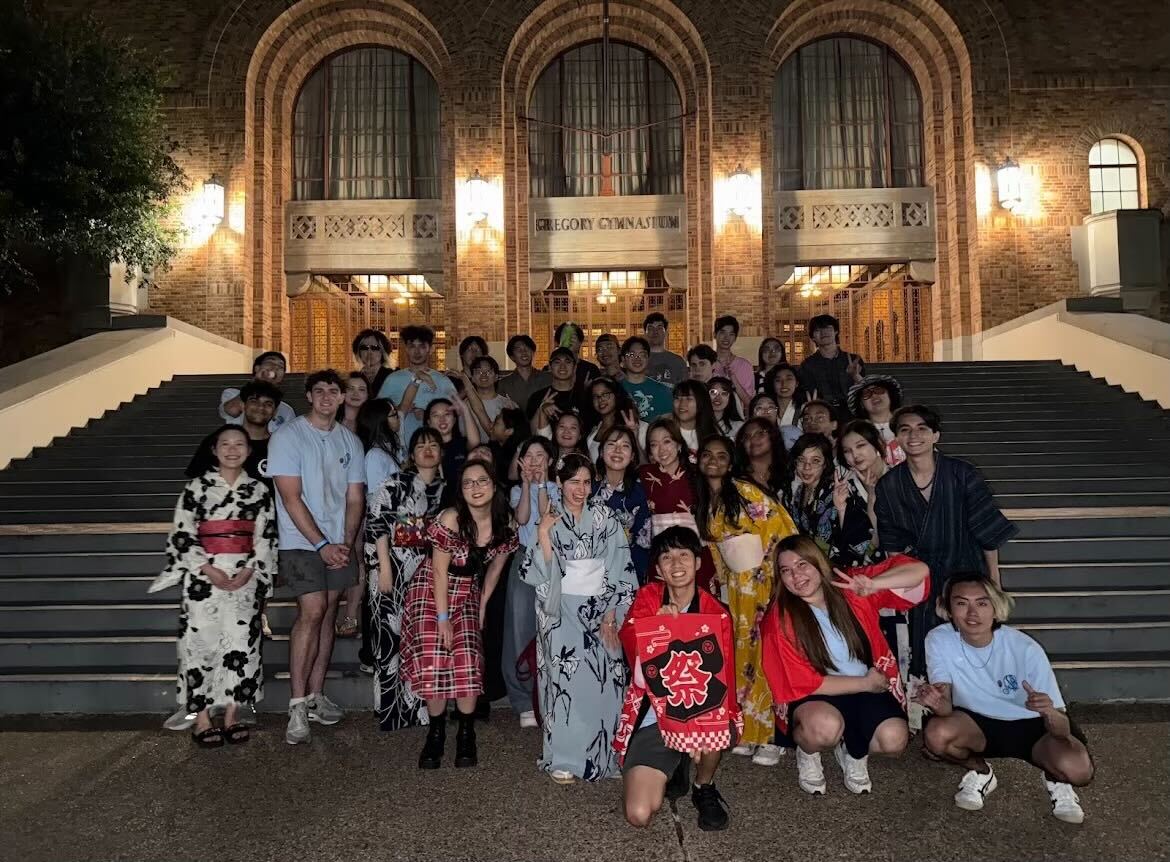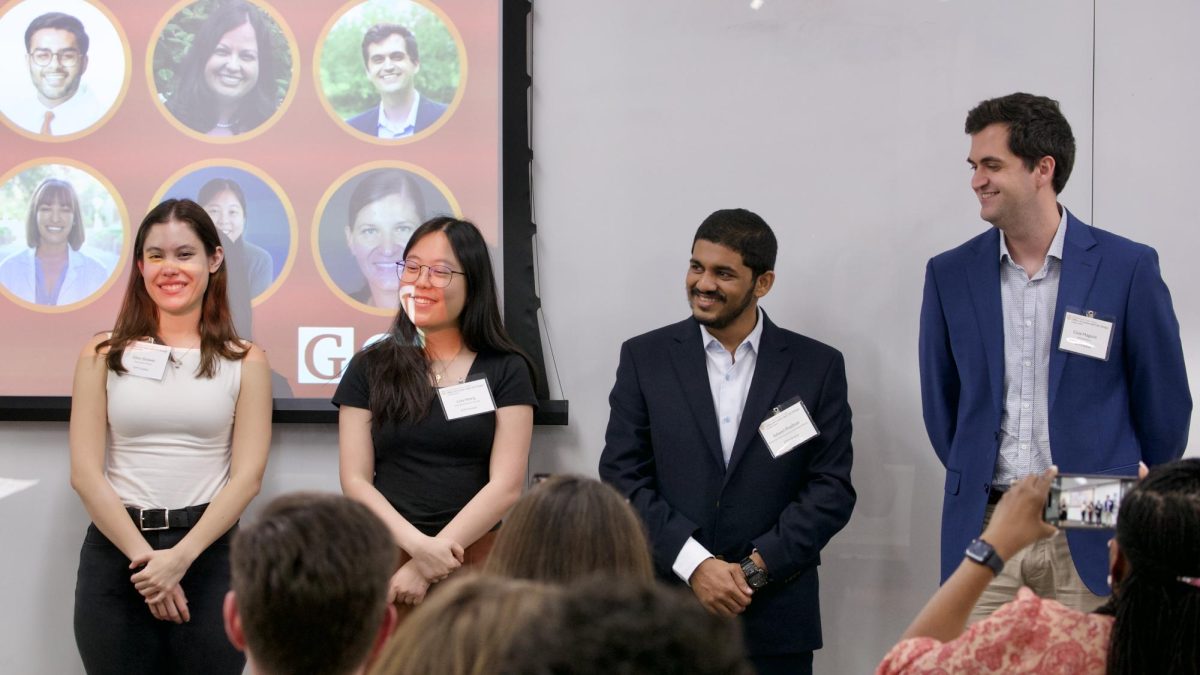Why are you reading this article?
It’s a simple question, but if there’s any truth to the findings of neuroscience, the answer you give is a justification by a part of your brain that had nothing to do with the part that made the decision in the first place. Scientists can analyze brain scans and note that a person’s brain makes the decision for a patient to lift his arm before the patient himself realizes he has. How is this even possible?
The answer is a definitive “We’re not sure,” and Michael S. Gazzaniga’s new book, “Who’s in Charge?” spends more than 200 pages explaining that we don’t know. However, it still manages to be an utterly captivating and fascinating read that addresses issues of consciousness and free will and, in the end, offers suggestions as to how these ideas may or may not inform legal matters.
Gazzaniga spends a good portion of the book addressing investigations of so-called “split brain” patients. These patients undergo a surgery that literally cuts their brains in half (the procedure prevents a specific type of rare seizure that some people suffer from) and, while they feel and act like perfectly normal human beings after the procedure, there are specific experiments that reveal the side effects.
These experiments, explained in detail in the book, are phenomenally interesting and suggest that the brain is not one coherent unit, but several pieces that work together as a whole. And one of those pieces is in charge of putting everything together, providing the illusion of “one-ness.”
These split-brain experiments also suggest a terrifying thought: that we don’t have free will. But by the time readers get to this point in the book, the question isn’t whether or not we have free will, but what the concept of free will even means. Gazzaniga describes the idea of consciousness as being an “emergent property.” Our brains may just be a bunch of chemicals and neurons, but that’s not necessarily an effective way of understanding the situation. One can’t understand traffic just by looking at individual cars — it has properties that are completely separate than those of the cars that make it up.
“Who’s in Charge?” is a wonderful example of how questions can often be more interesting than answers. Consciousness doesn’t seem to be any better understood than it was in the time of the Greeks, but we are at least somewhat informed of its mechanisms and paths that we can take to investigate it. The book is clear and well-written, despite being very dense with ideas, and leaves the reader wanting to know more about the subject. However our brain works, Gazzaniga makes sure to keep its wheels spinning: whatever you think about the way we think, it likely won’t be the same once you’re finished with his book.
Printed on Monday, November 14, 2011 as: Scientist's book explores mystery of brain function














